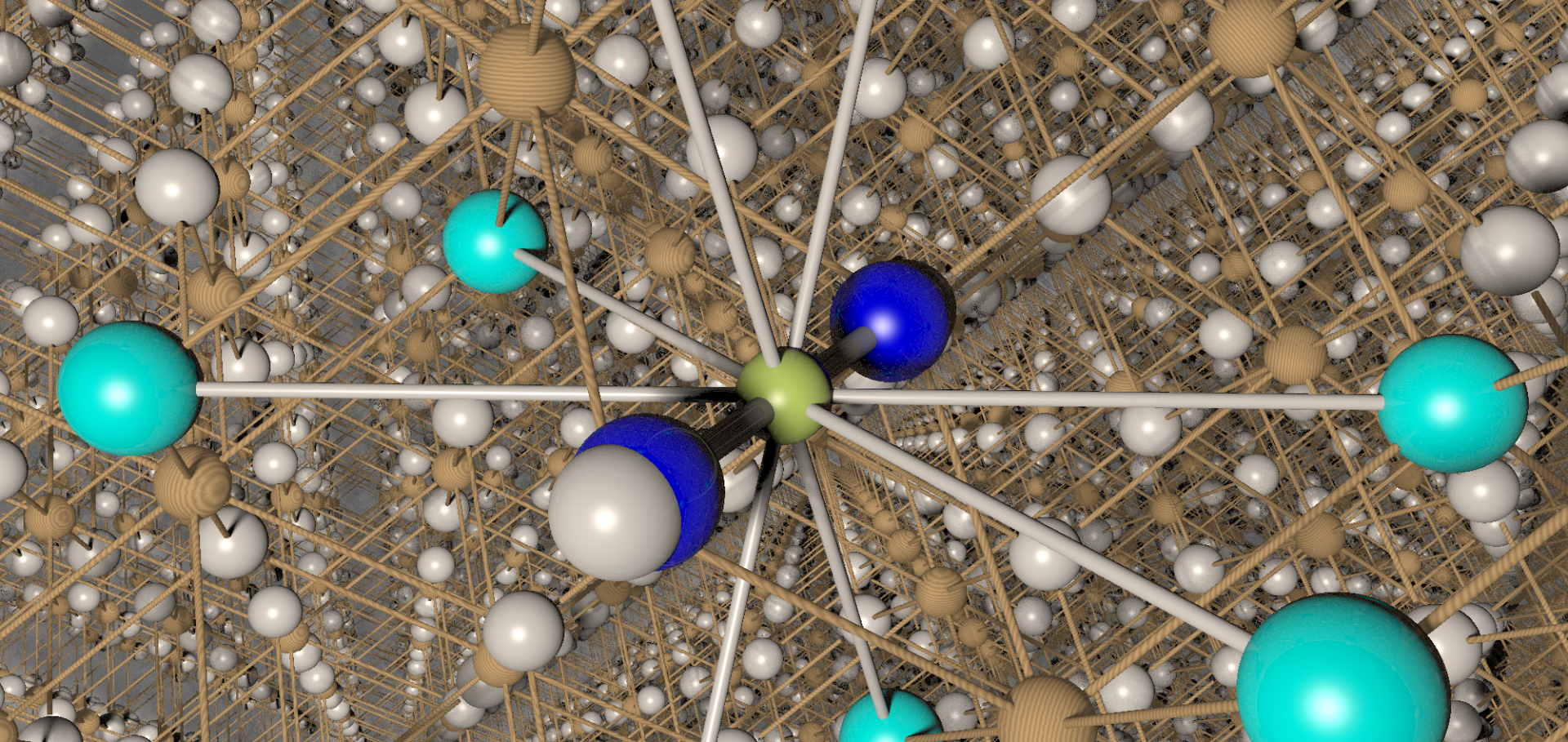Quantum phase transitions in transverse field spin models, by Amit Dutta, Gabriel Aeppli, Bikas K. Chakrabarti, Uma Divakaran, Thomas F. Rosenbaum and Diptiman Sen
Contemporary Physics Taylor & Francis 57:3 (2016) 453-454
Nanoscale depth-resolved polymer dynamics probed by the implantation of low energy muons
Polymer Elsevier 105 (2016) 516-525
Abstract:
The low energy muon (LEM) technique has been used to probe local changes in the dynamical spectrum of thin film polymer samples taking place as a function of the temperature and the implantation depth below the free surface. The studies have been made on samples of polydimethylsiloxane (PDMS) and polybutadiene (PB) using the transverse magnetic field (TF) configuration and diamagnetic probe muons. In PDMS evidence is found for suppression of the glass transition temperature near the surface, along with significantly modified dynamics in the near-surface region as well as at depths significantly below the surface. For PB the LEM technique reveals well-defined layers of dynamical and spatial inhomogeneity at depths of order 0.1–0.2 μm below the free surface. These inhomogeneous regions may be assigned to nanopores produced by solvent streaming during preparation of spin-cast films. A thermal annealing procedure is shown to significantly reduce the thickness of these inhomogeneous layers. These results demonstrate that using LEM in the TF configuration provides a promising new method for studying surface-modified local dynamics of polymers that is also able to reveal nanostructured buried layers in polymer films.Unconventional magnetism on a honeycomb lattice in studied by muon spin rotation
Physical Review B American Physical Society 94:2 (2016)
Abstract:
Muon spin rotation measurements have been performed on a powder sample ofα-RuCl3, a layered material in which Ru ions are arranged on a honeycomb lattice and which previously has been proposed to be close to a quantum spin liquid ground state. Our data reveal two distinct transitions at 11 and 14 K, which we interpret as originating from the onset of three-dimensional order and in-plane magnetic order, respectively. We identify, with the help of density functional theory calculations, likely muon stopping sites and combine these with dipolar field calculations to show that the two measured muon rotation frequencies are consistent with two inequivalent muon sites within a zigzag antiferromagnetic structure proposed previously.ChemInform Abstract: La2SrCr2O7F2: A Ruddlesden—Popper Oxyfluoride Containing Octahedrally Coordinated Cr4+ Centers.
ChemInform Wiley 47:22 (2016) no-no
Magnetization dynamics and frustration in the multiferroic double perovskite Lu2MnCoO6
Physical Review B - Condensed Matter and Materials Physics American Physicals Society 93:13 (2016) 134431


